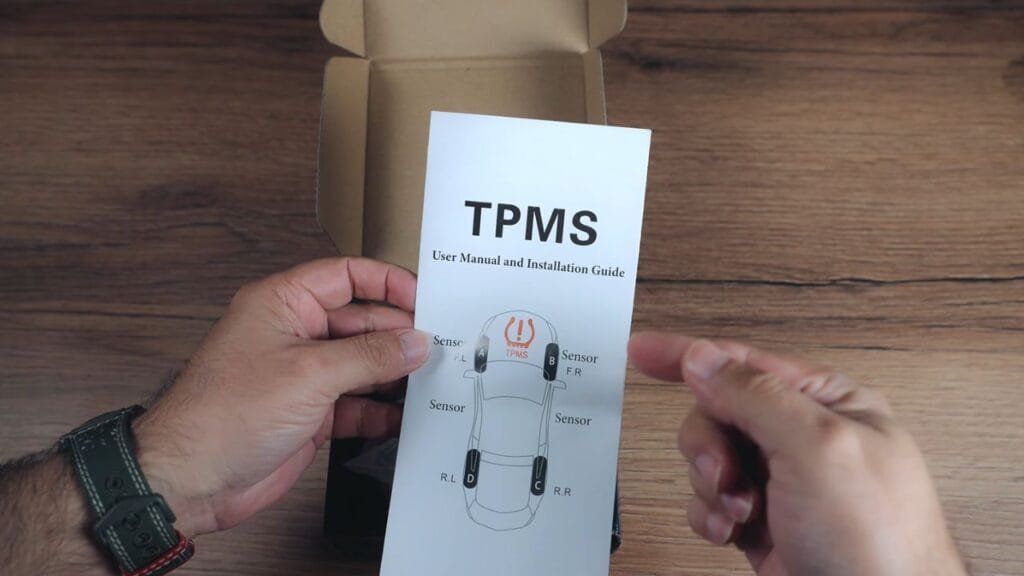Today, we’re diving into a common question we get from car owners: “What does TPMS mean on a car?” We’ll be using a 2022 Type R Special Edition to help explain the Tire Pressure Monitoring System (TPMS) and its purpose. A lot of folks see that little horseshoe light pop up on their dash and wonder what it means. We’re here to break it down for you!
What Does TPMS Mean on a Car?

The TPMS, or Tire Pressure Monitoring System, is designed to alert you when your tire pressure is too low. That little horseshoe with an exclamation mark inside? That’s the TPMS light, and it’s something you’ll likely see more frequently in areas with variable climates, like higher altitudes or regions with big temperature swings.
Direct vs. Indirect TPMS: What’s the Difference?

There are two types of TPMS: Direct and Indirect. Let’s walk through the differences.
Direct TPMS
Direct systems have a metal valve stem that sticks out from your tire’s rim. Inside that valve stem is a sensor that sends data to your TPMS control unit. This system tells you the exact pressure of each tire and will light up the TPMS warning if any tire’s pressure drops below a safe level.
Indirect TPMS
Indirect TPMS works differently. If your car has rubber valve stems, it uses the ABS (anti-lock braking system) sensor to measure how fast your tires are spinning. If one tire spins slower than the others, the system interprets that as lower pressure and triggers the TPMS light. However, unlike direct systems, indirect TPMS won’t tell you which tire is low. So, when the light comes on, you’ll need to check all the tires.
Adjusting Tire Pressure for Altitude
Here in higher altitudes, like Boulder, Colorado, it’s common to set your tire pressures four to five pounds higher than what’s listed on the door sticker. This helps compensate for the lower pressure readings caused by altitude. Don’t worry; it won’t cause extra wear on your tires, but it will keep that TPMS light off.
Resetting the TPMS Light
For indirect systems, you’ll need to manually reset the TPMS light after adjusting the tire pressure. Direct systems, however, reset automatically after driving at speeds over 20 miles per hour for at least five seconds.
What to Do When the TPMS Light Comes On
If you see that TPMS light, don’t ignore it. Running your car with low tire pressure can lead to uneven tire wear or even a blowout. If you’re near our dealership, swing by, and we’ll check it for you at no charge. Otherwise, stop at a gas station and fill your tires to the recommended level—just keep in mind that at higher altitudes, you might need to add an extra four to five pounds.
Altitude and Temperature Changes
Especially in the winter, when temperatures fluctuate from warm days to cold nights, tire pressure can change drastically. As a rule of thumb, for every thousand feet of altitude, you can expect to add about one pound of pressure to compensate.
Final Thoughts
We hope this helps answer your questions about TPMS and what it means for your car. Maintaining the correct tire pressure is crucial for your vehicle’s performance and safety. If you ever need assistance, feel free to give us a call or drop by Fisher Auto in Boulder. We’re here to help!


